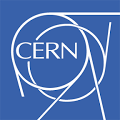 CBi is the latest iteration of an evolving experiment at CERN in Geneva. The CBi acronym stands for “Challenge Based innovation”, and the experiment pulls in students from several countries and multiple disciplines. The Scimpulse Foundation collaborates with CERN since 2013 and in this occasion we facilitate a concept design workshop.
CBi is the latest iteration of an evolving experiment at CERN in Geneva. The CBi acronym stands for “Challenge Based innovation”, and the experiment pulls in students from several countries and multiple disciplines. The Scimpulse Foundation collaborates with CERN since 2013 and in this occasion we facilitate a concept design workshop.
It’s a sunny September morning in Mayrin, the outskirts of Geneva, right on the side of the ATLAS experiment building there is a new shell enclosure where a bunch of students practice and learn about innovation. Dr. Marco Manca is the coach of the team and he wants to make sure that they come out of the experience with a new mindset. That is where we come into play, literally.
The challenge is to design something that may enable blind people to perceive the surrounding environment; maybe some type of augmented sensory device. We use the LEGO Serious Play* method combined with a bit of acted scenario, getting the group into a divergent thinking flow to co-create solutions beyond what the standard game-storming or design thinking methods may produce.
They call themselves the “Heisenberg” team. Entering the room I can feel the expectation from the group, curiously sitting around an improvised set of tables. I skip any introduction and immediately go on guiding them through the first half hour of rigorous LSP language training.
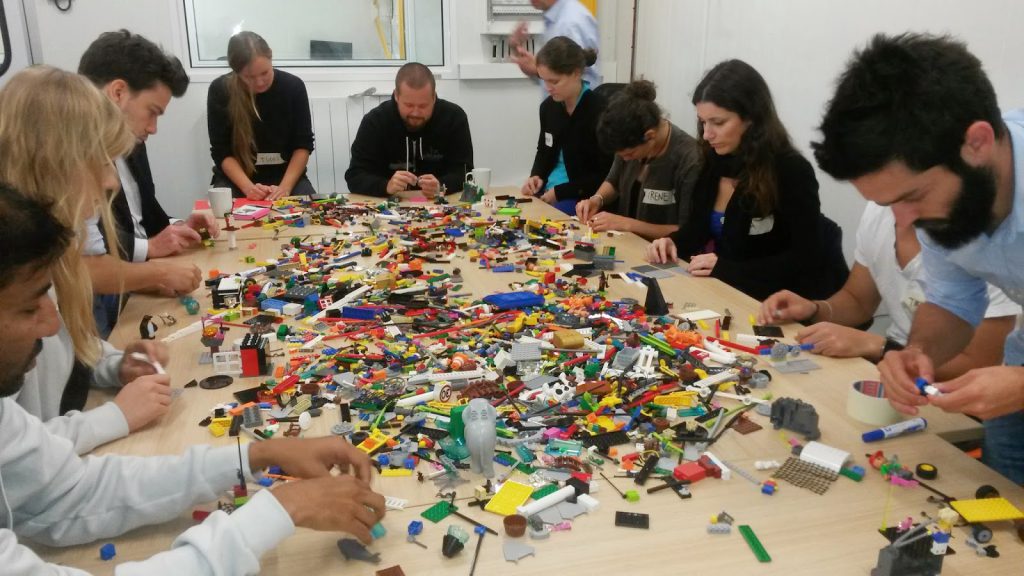
CERN Challenge Based Innovation Lego Serious Play Exercise with Massimo Mercuri
They fly through the training! From building a tower in 20 seconds, to making a story and using metaphors in a matter of minutes; faster than any group I have seen so far.
After announcing that now we were going to get serious, I pose the first question: – I am going to ask you to go beyond the normal concept of blindness, starting from the opposite side … let’s build the model of:
what is Vision?
In a matter of minutes the models start coming up, It turns out that Vision is not only the capability to “See” with our eyes, but also an enabler, some sort of superpower that drives Decision, Choice, Selection, Trust, and Truth.
Our horizon expanded from the simple definition of “Sight”, to the more meaningful and all-inclusive concept of “Vision”.
From here we can start exploring the user point of view and find possible solutions, but that will require a simulation or a prototype, to have a first-hand experience of what the user may feel when is using a machine that helps hims or her in performing a simple task.
To know how we did it, keep on reading …
Let me see! … the Prototype (part 2 of 3)
Contrary to what most people believe, the most difficult part of design is not to ideate something that can “do” something, but to understand the real need of the end user. Missing the user satisfaction factor can make the difference between a successful design and a pile of garbage.
We have a few curious spectators in the room, people who heard about the event and coaches of other teams, so I take the opportunity to involve them the next exercise: they have to build a model from the point of view of the blind person guided by a machine, in other words playing a prototype scenario: the blind and the machine.
The Heisenberg team members blindfold themselves. The other participants play the machine.
The machines stands behind or beside each blindfolded person, to give them instructions. The blind cannot speak and the machine cannot use the hands.
The mission is to build something “High and Beautiful”, but the blindfold is not aware of the goal. Pressure builds up (pun intended) while the couples do their best to erect a high construction that can also be beautiful. Interesting to observe most of them go for columns first, trying to reach height fast, and then try to embellish the model in a second phase.
I wonder if a different mix of disciplines would have a different approach. The Heisenberg team is mostly composed by students of design, engineering and social studies … what would happen if I have different components in the group?
Let me see! … the solution (part 3 of 3)
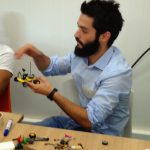 Now that you had the experience of a prototype scenario where the machine helps the blind, imagine that you have one single chance to give this person one gift …
Now that you had the experience of a prototype scenario where the machine helps the blind, imagine that you have one single chance to give this person one gift …
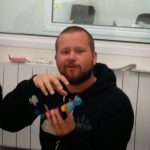 … one specific solution or power that can give them some glimpse of vision, a touch of the reality around them. You have all the power in the universe to make it happen right here, unlimited by resources, budget or time (besides of course, restoring the eye sight)
… one specific solution or power that can give them some glimpse of vision, a touch of the reality around them. You have all the power in the universe to make it happen right here, unlimited by resources, budget or time (besides of course, restoring the eye sight)
What would that gift be?
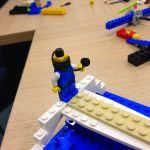 Solutions start coming up, one by one, shaping multiple views and ideas … from the head mounted visor with a manual remote control ending all the opposite way to the abstract but clear “anti-bullshit machine” …
Solutions start coming up, one by one, shaping multiple views and ideas … from the head mounted visor with a manual remote control ending all the opposite way to the abstract but clear “anti-bullshit machine” …
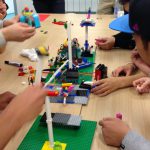 … and then, to trigger the ultimate divergence: merge them all !
… and then, to trigger the ultimate divergence: merge them all !
The exercise ends with the realization that too many solutions may be too much for one person to handle, a very important reality-check that every designer should have in mind … remembering the famous phrase from Leonardo da Vinci:
“Simplicity is ultimate sophistication”
(la semplicitá é la sofisticazione suprema)
We believe this type of exercises create a new mindset, and we wish the Heisenberg team lots of success in all their future endeavour. Who knows we may even meet again. After all, the World is smaller than it seems …
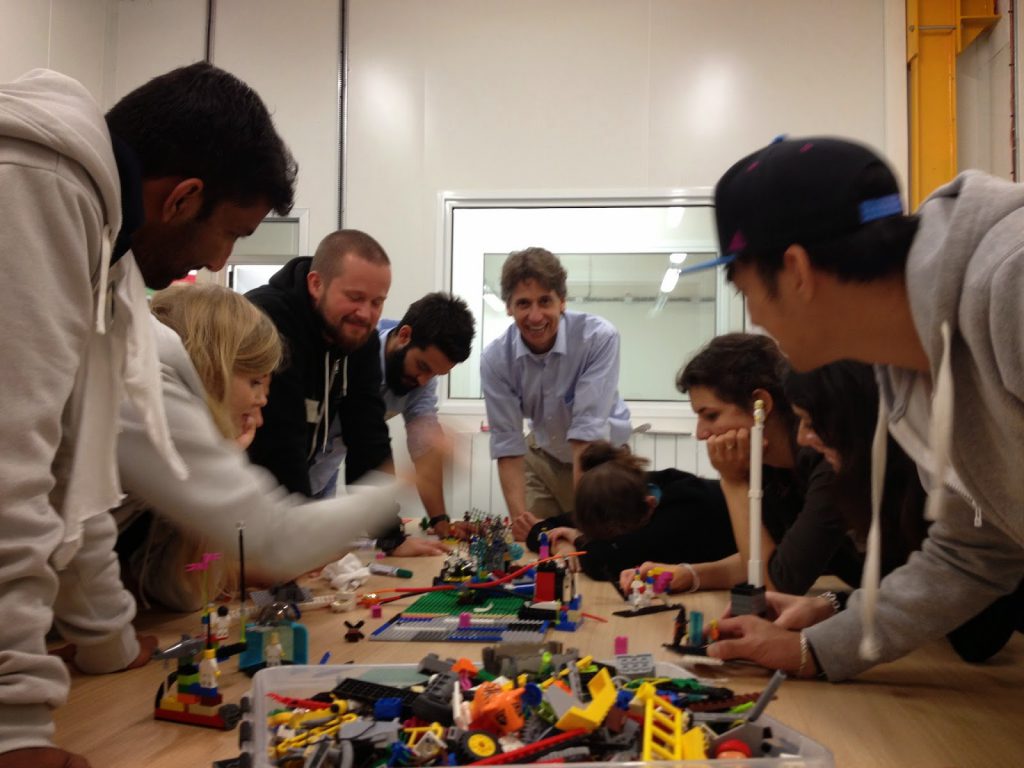
CERN CBI Lego Serious Play Landscape
For more information about the science behind the LEGO Serious Play* method, follow this link:
http://www.rasmussenconsulting.dk/storage/The%20Science%20Behind%20the%20LEGO%20SERIOUS%20PLAY%20Method.pdf
For more information about CBI @ CERN, please follow this link: http://www.cbi-course.com/
Posted by Massimo Mercuri, co-founder of the Scimpulse Foundation
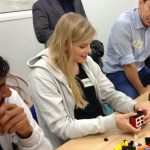
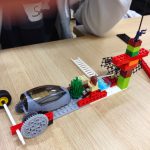
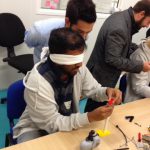
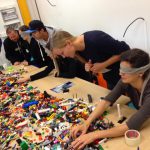

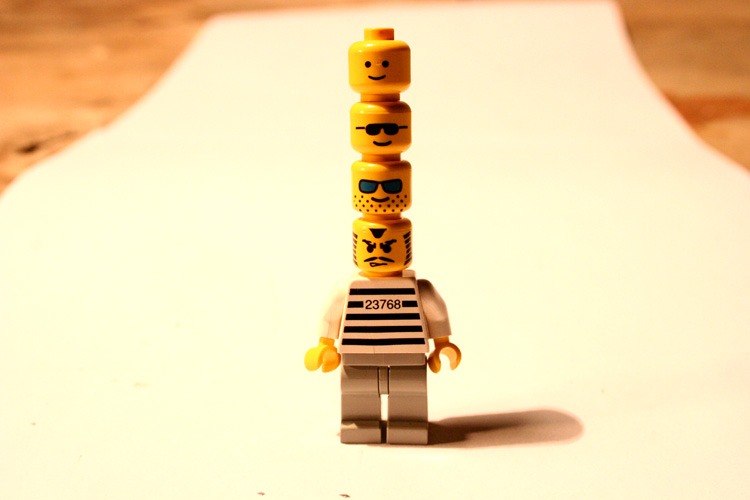
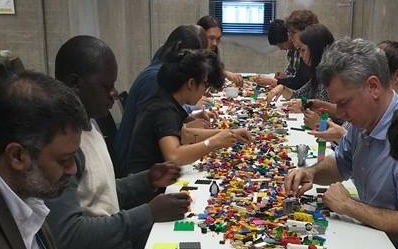

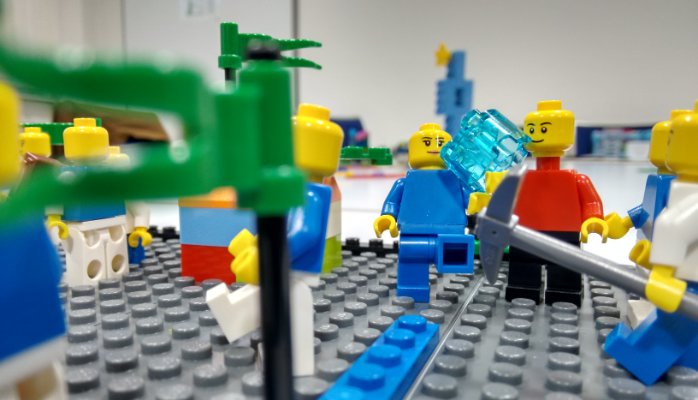





Massimo, really a creative workshop. There’s a lot of insights and suggestions I can use for creative thinking. From design to corporate vision. Thanks for the report and for sharing
Hey Massimo, How long have you been in Geneva? Will you have any time to meet up before the New Year?
Special thanks to Patrizia Bertini of @Legoviews – your advice surely made a difference on the user experience!
I just go on a mission base, when needed, touch and go … so far I do not have another date confirmed, but you will know when I have it!